
Cutting Edge Technology
CSPU INTELLECTUAL PROPERTY PORTFOLIO State-of-the-Art
Truly Novel and InnovativeGiven the Importance of R&D Legal Protection of Industrial and Intellectual Property Advancements is Critical

Cutting Edge Technology
CSPU INTELLECTUAL PROPERTY PORTFOLIO State-of-the-Art
Truly Novel and InnovativeGiven the Importance of R&D Legal Protection of Industrial and Intellectual Property Advancements is Critical
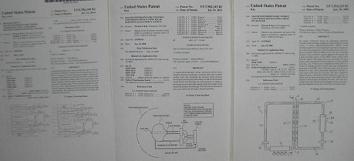
Disruptive Technology
Future Patents are Under Development
United States Patent 8,786,140
PDF of Patent
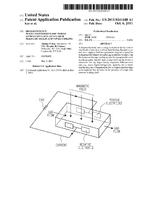
SUMMARY OF THE INVENTION
MHD system for generation of thermodynamic power cycles with thermal-to-electrical conversion efficiencies in excess of 60%. The combination of >2000°C plasma and super-cooled magnets provide the mechanism to produce electricity with greater than 60% efficiency.
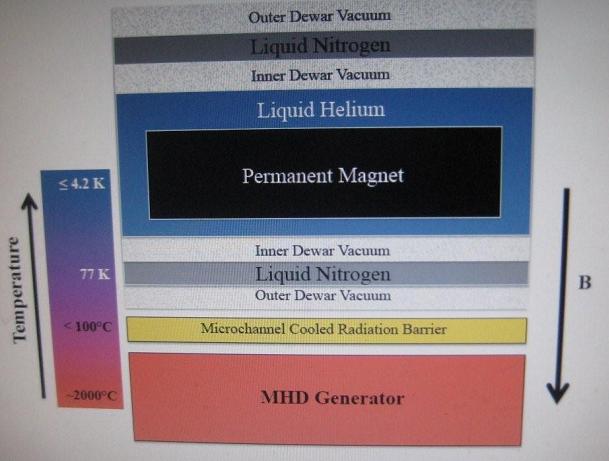
Detailed schematic of the magnetohydrodynamic electrical energy generator including the relevant vectors for the Lorentz force is shown. The power generation is generally proportional to Lch B2m indicating the strong importance of increasing the B field.

The present invention provides for a high efficiency MHD energy conversion device which utilizes flux trapped in superconductors as permanent magnets having magnetic flux densities of up to 17 tesla, and multistage cooling systems which employ coolants, including liquids with cryogenic properties such as liquid helium and liquid nitrogen, (liquid nitrogen is inexpensive - cheaper than milk, easy to use and store, and readily available). An electrically conductive fluid, in the form of an ionized gas or plasma, flows through an electrically conductive fluid conduit in a magnetic field produced by the pole pieces of two permanent magnets aligned for maximum field density for inducing an electric current in the fluid by separating the positive charges from the negative charges. As used herein, the reference to “permanent magnets” includes superconductors having trapped flux as opposed to electromagnets in which a current is passed through a coil surrounding a ferromagnetic core.
Each permanent magnet is disposed in a chamber containing a cryogenic liquid, e.g., helium, which has been circulated from the chamber through a heat exchanger, releasing the heat absorbed within the chamber before being pumped back into the chamber.
The chamber containing each permanent magnet is sandwiched between two dewar vacuum containers in contact with the cooling chambers of two respective liquid nitrogen cooling systems. Other cryogenic liquids having similar cooling properties may be substituted for nitrogen. Each cooling chamber of one of a pair of inner liquid nitrogen cooling systems is separated from the cooling chamber of a respective microchannel water cooling
(Schematic of Microchannel Pin Fin Heat Exchanger)
chamber by another dewar vacuum container. Each microchannel water cooling chamber absorbs heat from a contacting radiation shield proximate the conductive fluid conduit. The foregoing arrangement enables the permanent magnets to operate at cryogenic temperatures in the presence of an electrically conductive working fluid having temperatures as high as 3,000 degrees centigrade for reaching magnetic flux densities of up to 17 tesla substantially increasing the efficiency of the MHD energy conversion device. Cryogenic temperatures below 4.2 degrees Kelvin are possible.Concentrating Solar Power Utility Inc, has signed an Exclusive License Agreement with Rensselaer Polytechnic Institute for United States Patent 8,786,140 High Efficiency Magnetohydrodynamic Power Generation Using Ultra-High Magnetic Fields And Novel Cooling . The Co-inventors are Thomas P. Kay, the founder of Concentrating Solar Power Utility and two Rensselaer Polytechnic Institute Professors, Professor Douglas B Chrisey and DR. Professor Yoav Peles. Founded in 1824, Rensselaer Polytechnic Institute is the nation’s oldest technological university.
According to Thomas P. Kay head of Engineering: "Based on the facts known concerning MHD devices it can be said that in general everybody would have to agree that a device, as described herein, should be operational – I believe it can be built and usefully operated."
The Co-inventors are Thomas P. Kay, the founder of Concentrating Solar Power Utility and two Rensselaer Polytechnic Institute Professor Douglas B Chrisey and DR. Professor Yoav Peles.
“In developing this technology, the use of the extremely large superconducting permanent magnets will improve efficiency, and this is even more so when combined with the micro-channel cooling process developed by Professor Peles,” said Chrisey. - Rensselaer Polytechnic Institute
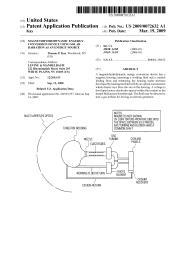
Magnetohydrodynamic Energy Conversion Device Using Solar Radiation as an Energy Source
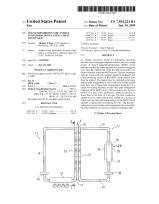
Magnetohydrodynamic Energy Conversion Device Using a Heat Exchanger U.S. PATENT 7,554,223
CSPU will be inventing new advancements to the various intergraded products and components needed for our total system. To this end we will be filling multiple international patents to protect our intellectual property and licensing the technology to all interested parties, or setting up exclusive domains where CSPU would provide turnkey MHD power-plants to power utility companies.